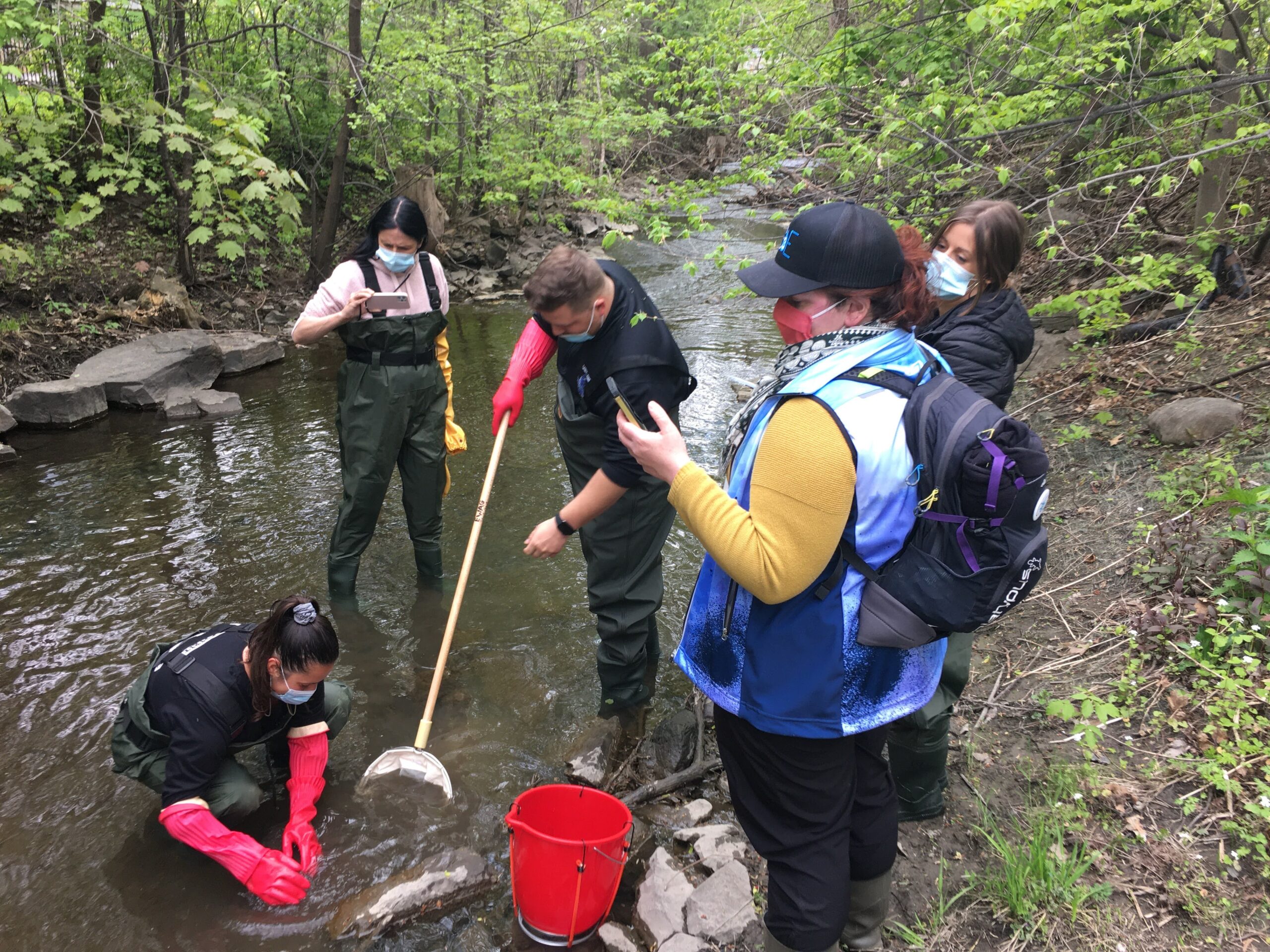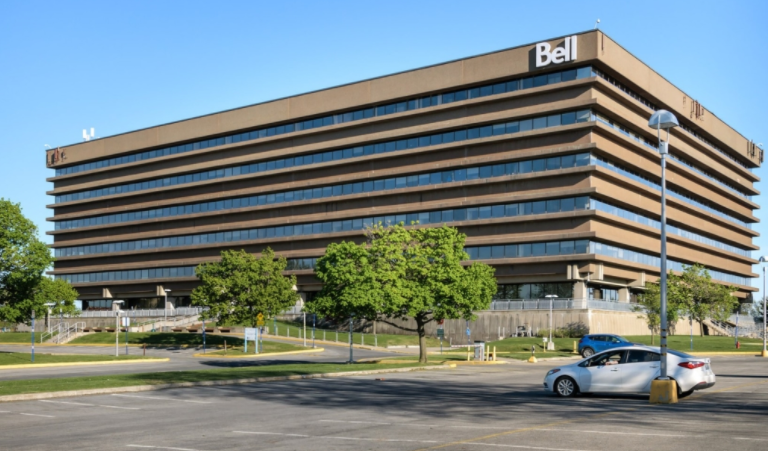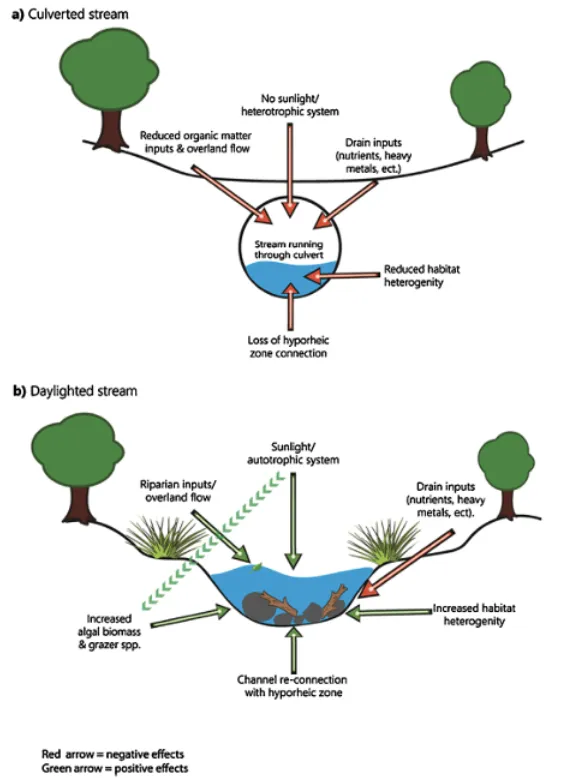Our Projects
To achieve our long term objective of restoring and protecting the Bouchard creek, our roadmap is built on a portfolio of multi-phase projects over multiple years. This portfolio is shaped by our guiding pillars:
- Increase knowledge about the health of the creek
- Enhance the health of Bouchard Creek
- Engage local businesses, schools and citizens in protection of the creek
- Ensure the sharing and repeatability of our projects by other organizations

The Bouchard Creek Foundation team has decades of experience in budgeting and financial management for multimillion-dollar projects. Projects are funded by donations, grants and in-kind contributions from a network of: partners, private and government organizations, businesses, citizens, and volunteers. Projects are managed with rigorous and transparent best-practices in accountability, governance and change management.

Les Amis du ruisseau Bouchard
Building on previous projects such as Allo Ruisseau and J’Adopte une cours d’eau, our current project portfolio is focused on the Les amis du ruisseau Bouchard program, development of a Digital Twin of the Bouchard watershed and opportunities regarding redevelopment at 200 Bouchard. This portfolio represents over $2 million of funded projects over 5 years.

Digital Twin
A digital twin acts as a virtual laboratory for an urban watershed, built on multi-layered data for engaging stakeholders, experimentation, analysis, and informed decision-making without directly manipulating the real environment.

200 Bouchard
This is the longest underground segment of the Bouchard Creek with potential for daylighting. The main watercourse of Bouchard Creek flows for 500m across this property entirely through underground conduits, underneath grassy landscaping and paved parking. This single municipal lot is owned by H&R REIT, with an office building currently rented by Bell Canada.
.

Daylighting
“Daylighting” is the inspirational term for restoration of an originally open-air watercourse which has been diverted below ground that can be turned back into an above-ground channel. Typically, the rationale behind returning a now hidden urban creek to a more natural state is to manage runoff and flooding, create habitats for species in need, and improve an area’s aesthetics.


